Frank Batterham
I was serving in HMS Swift in June 1944. My memories include rescuing survivors from the Svenner on D-Day and how I survived when HMS Swift hit a mine – I’m a bit of a fatalist and somehow I knew it wasn’t my day to die.
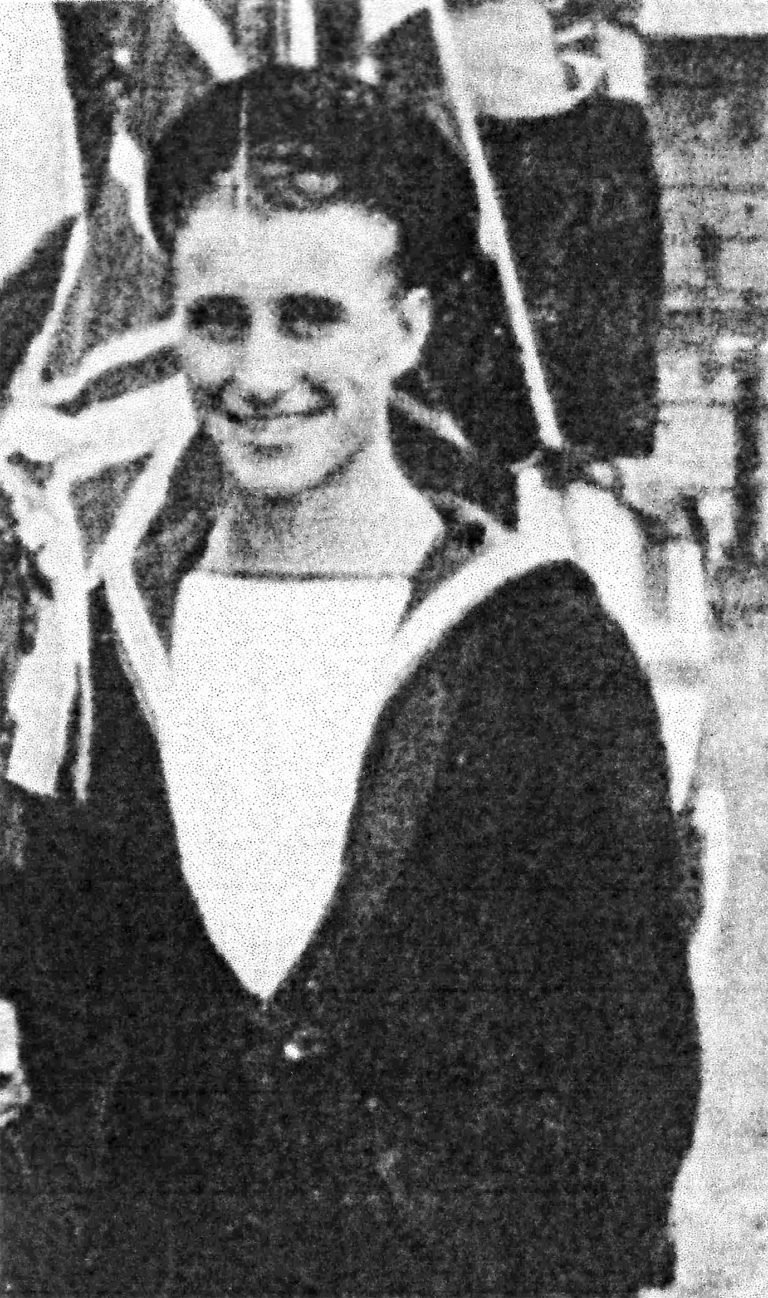
I was serving in HMS Swift in June 1944. My memories include rescuing survivors from the Svenner on D-Day and how I survived when HMS Swift hit a mine – I’m a bit of a fatalist and somehow I knew it wasn’t my day to die.
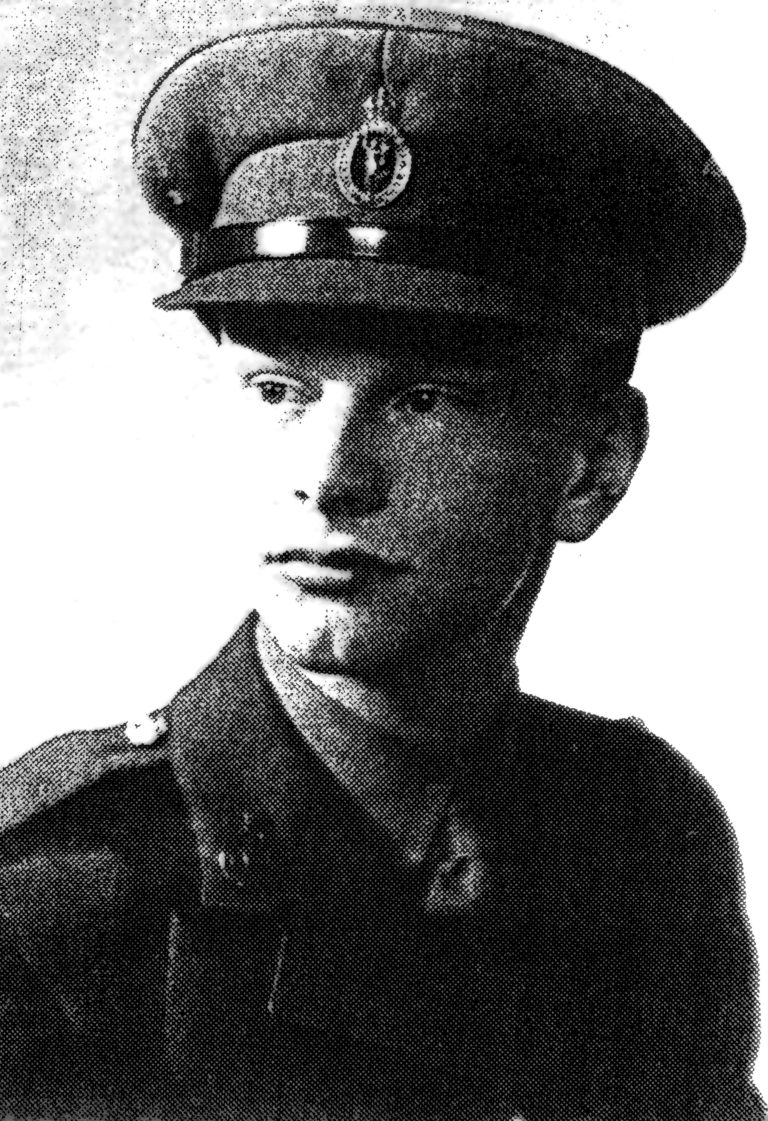
I joined the Royal Corps of Signals in 1942 and landed on D-Day with 3rd Division HQ. In Normandy shelling was a daily occurrence and at night I often slept under a lorry while enemy parachute flares illuminated the area around us. It is hard to put into words how we all coped with fear and getting on with the job in hand.
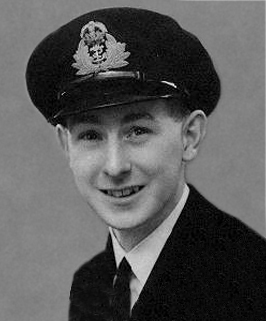
My recollections are not about the huge Naval, Army and Air Force combined operation, but rather about one tank landing craft and each man in its crew, with whom I lived and worked as a Sub Lieutenant, RNVR. These memories have never left me.
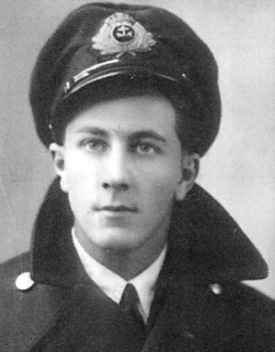
On D-Day I was wireless operator on board HM Rescue Tug Eminent. We made five very eventful cross-Channel trips during June, towing concrete Phoenix caissons and sections of floating roadway for the Mulberry Harbours.
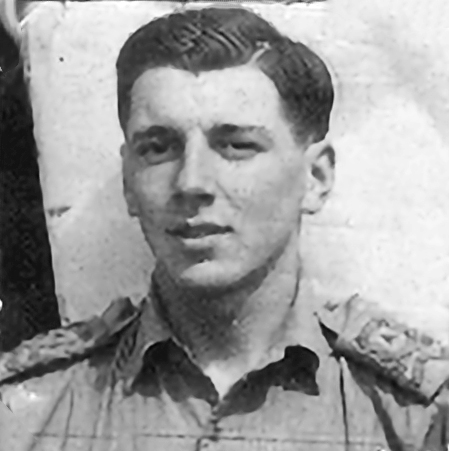
On D-Day I was serving as a Naval Air Liaison Officer. Our landing ship anchored off JUNO beach at Graye-Sur-Mer at about 10 o’clock. We were under fire for a time, but we were not hit, though several shells landed uncomfortably close!
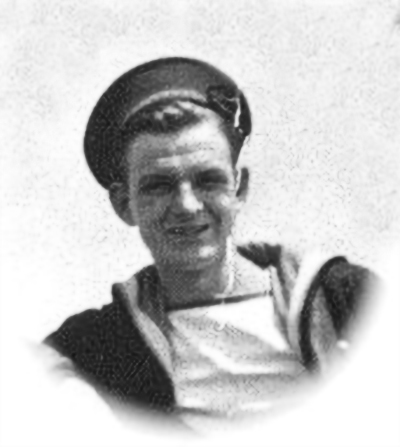
In 1944, I was an Able Seaman Gunner serving in HMS Swift. These are my personal memories of June 1944 when I not only lost many good friends and comrades but also my ship.
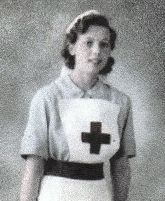
I wonder if I was the youngest person officially on duty on D-Day? At the age of 16 I found myself nursing wounded men (including German prisoners) at the Queen Alexandra Hospital, Portsmouth, on the afternoon of 6 June 1944.
I would like to share my memories of D-Day, when I was serving as a Royal Navy padre, through the sermon I gave in Portsmouth Cathedral at the D-Day and Normandy Fellowship’s service of thanksgiving and remembrance on Sunday, 8 June 1997.
During the Normandy campaign I commanded 226 Bomb Disposal Platoon, Royal Engineers, an independent unit attached to Second Army. We eventually had 30 per cent casualties between the Normandy coast and Falaise.

I landed with No 11 Beach Ordnance Detachment on D-Day. A spare seat in our landing craft had been allocated to an Airborne Ordnance Officer. When we landed he insisted that we stopped to rescue a black cat, perhaps a lucky mascot.
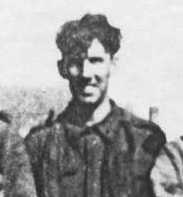
These are my memories of the D-Day invasion as a Bren gunner with No 8 Platoon, A Company in the 2nd Battalion of the Gloucestershire Regiment. At the end of my contribution there is a memoir written by the CO of my platoon on D-Day, Lieutenant (later Major) Ian Wakefield.
My reminiscences represent the lighter side of events in June 1944 when I was serving in HMS Diadem off the Normandy beaches.
On D-Day I was an 18-year old ordinary seaman serving in HMS Harrier, a Fleet Minesweeper. These are my abiding memories of the great emotional impact D-Day had on me at the time, and of sunsets seen from the ‘Trout Line’ before the night’s action began.
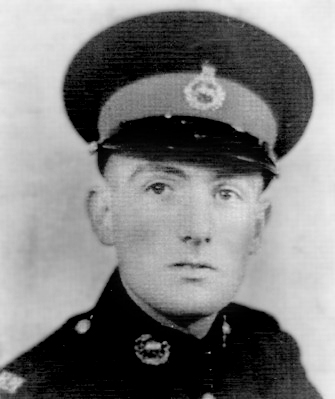
On D-Day I was a 17-year old Royal Marine, serving in Y turret of the light cruiser HMS Diadem. When my gun failed to recoil, I had the job of heaving the dud charge over the side. Out there, alone, I was overwhelmed by the feeling of being ridiculously exposed to danger.

Shortly before D-Day I was posted to the headquarters of 151 Infantry Brigade as Staff Captain, and my memories concern the weeks leading up to 6 June and then our landings on GOLD beach.
On D-Day I was an Able Seaman serving in LCT 442, part of the 15th LCT Flotilla. Our task was to deliver five DD amphibious tanks to GOLD beach. Our skipper was Lieutenant Eric Lane RNVR. My memories were originally written down for his son, Richard Lane, and then I composed this essay for a writing course I enrolled in.
I was a Signalman on board minesweeper BYMS 2188, serving with the US Navy’s 206 Flotilla. On 2 July 1944 we were the first flotilla to enter Cherbourg harbour, which was a day to remember.
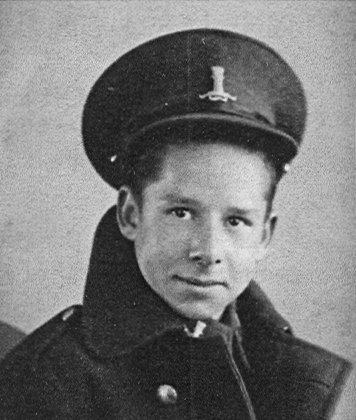
These are my memories of serving in D Squadron of the 11th Hussars, an armoured reconnaissance regiment, from our training before D-Day and our landing in Normandy on D + 7, right through to the unspeakably dreadful horror of the battle of the Falaise Gap.
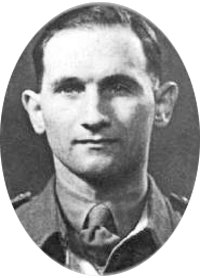
I was a captain in the British 3rd Infantry Division and was proud to have been selected to take in the first detachment of sixty men and twenty vehicles from the divisional Royal Army Service Corps. My memories describe our preparations for D-Day at Waterlooville in Hampshire, the Channel crossing and my experiences on D-Day after we landed on SWORD beach.
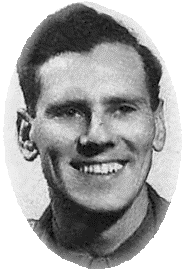
As a lieutenant in the Royal Army Service Corps, I landed with my platoon of 33 DUKWs on D-Day. My recollections describe an unpleasant experience and a lucky escape. ~ Don Holman
I was 12 years old on D-Day and these are my memories of seeing the airborne troops passing over my home and the impact this had on me. ~ Terry Holman
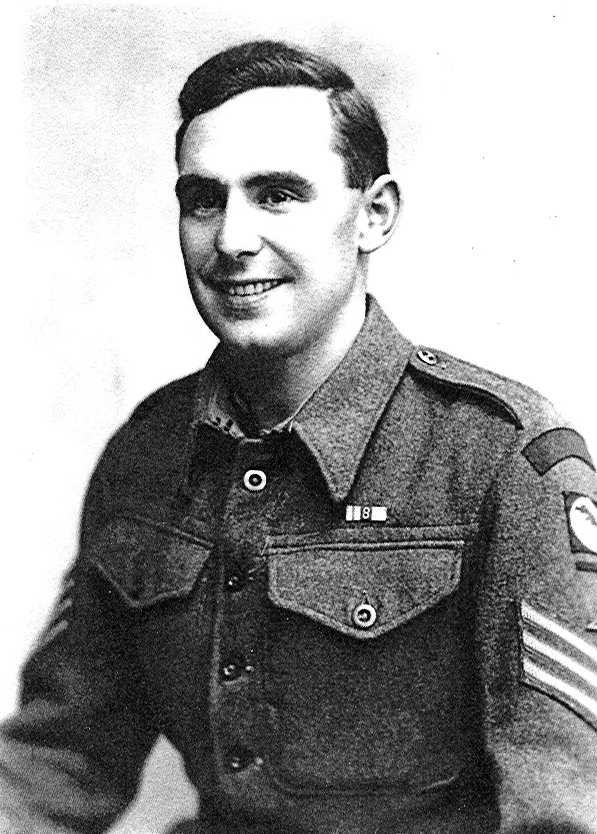
On D-Day I commanded an M10 Tank Destroyer of 234 Battery, 73rd Anti-Tank Regiment, Royal Artillery, and we landed on GOLD beach. Not long after landing, I had just got down from my M10 when I heard the boom of a heavy gun and the sound of a shell coming our way. I turned to remount just as the shell landed a yard away – a dud (otherwise I wouldn’t be writing this). These are my memories of the landings and the early stages of the fighting in Normandy.
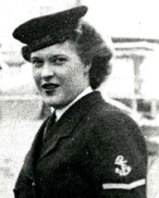
These are my memories of life as a Wren telephonist in charge of the telephone exchange at Southwick House in the build up to D-Day. In August 1944 I was one of the first Wrens to cross over to France, and I have continued my recollections up to VJ-Day, including the sad death of Admiral Ramsay.
I was a driver/radio operator in HQ Platoon, 69 Field Company, Royal Engineers. My memories include the transcript of a letter I wrote to my wife from Normandy on 11 June 1944: ‘Don’t think I’m glorifying war, Darling, I don’t think I’ll ever make an aggressive soldier, but I was honestly proud that the job I was given made me part of that first Landing.’

On D-Day I was a member of a Pioneer Corps’ company, serving in a Beach Group on JUNO beach. A sniper hit a fellow by me from the Liverpool Irish and medics took him to the Field Dressing Station. I remember him coming to speak to me full of morphine and the orderlies coming to look for him to get him back to the hospital ship.

I was 1st Lieutenant of LCT 649. D-Day was my 20th birthday, so it arrived in style as we headed south in the darkness towards Normandy.
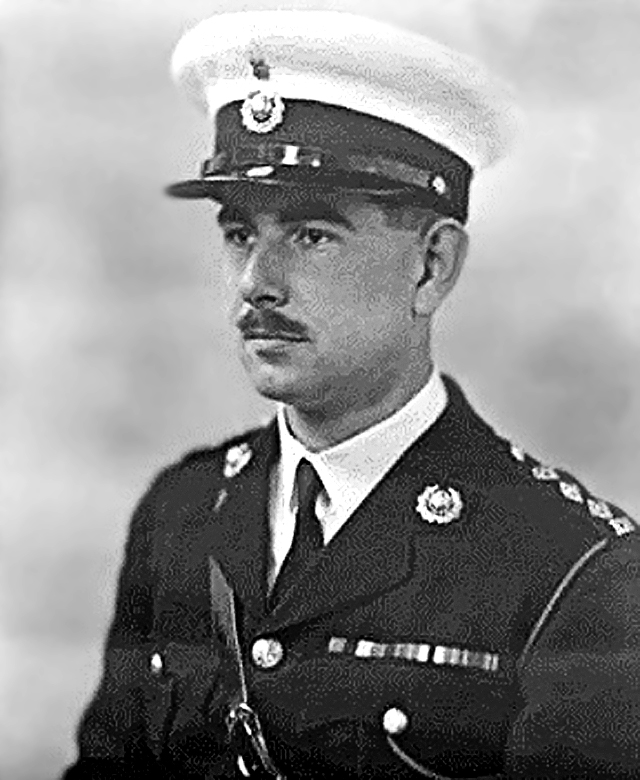
I was a lieutenant in the Royal Marines commanding an LCA flotilla on D-Day. My contribution concerns the sinking of our infantry landing ship, the Empire Broadsword, in July 1944.
I was a sapper in 84 Field Company, Royal Engineers, and our task was to set up a water supply unit. My reminiscences concern our work and that of 21 Field Dressing Station in the adjoining field.
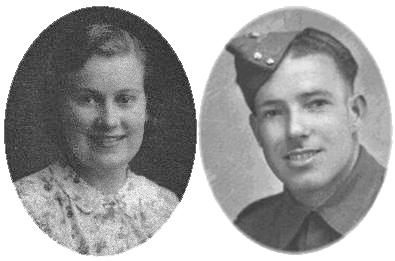
My unit was the 13th Canadian Field Regiment Artillery. Molly and I were married on 14 June 1943 and on D-Day I was awaiting the birth of our first child. We were told that we were to land on JUNO beach, on an uncleared minefield and that 50% casualties were expected. ~ Frank Lawson
I can remember D-Day as clearly as if it were yesterday. Our first baby was already two days overdue on 6 June. He wasn’t born until 18 June, and at that time I hadn’t heard if Frank was still alive, but he was one of the lucky ones. ~
Molly Lawson
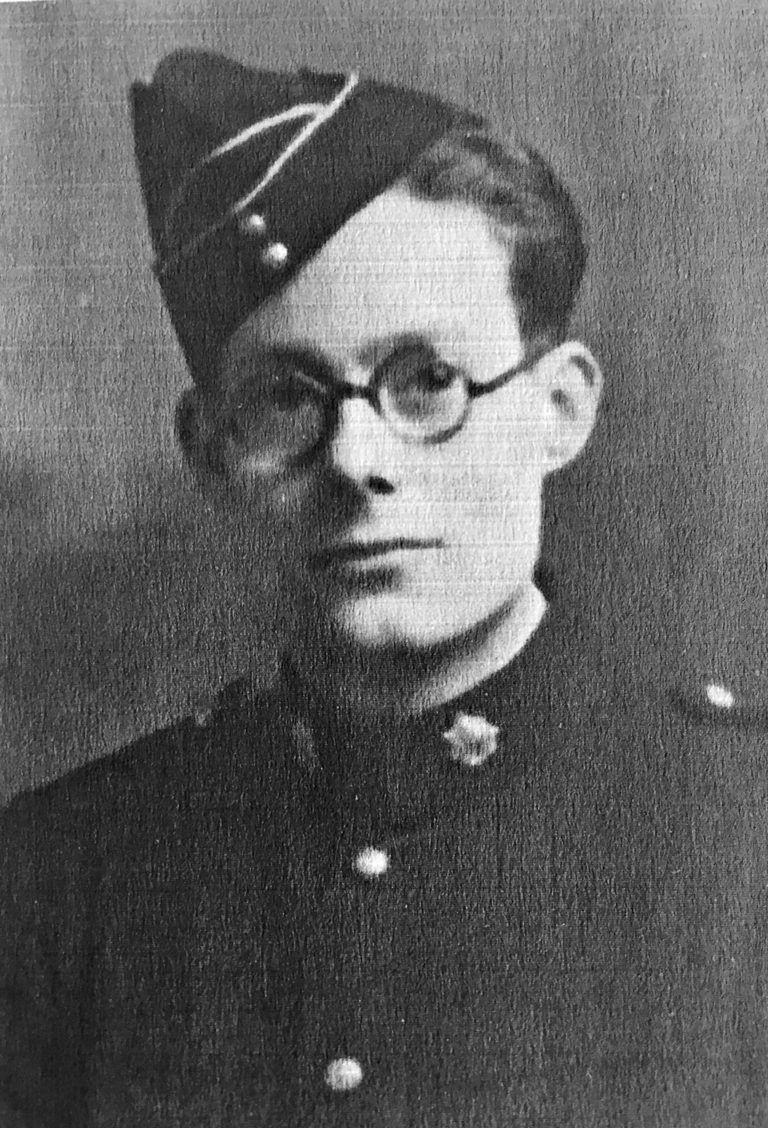
On D-Day I was a corporal attached to the HQ of the 27th Armoured Brigade, which landed on SWORD beach. I had several narrow escapes. On one occasion the tarpaulin covering the slit trench where I slept was riddled with shrapnel after a German night time air raid – but luckily I had been called out to help prepare an ammunition site for the next day’s attack.
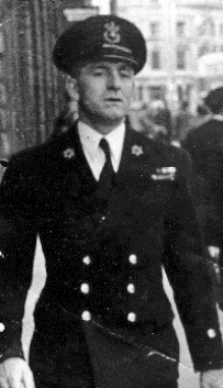
At 0530 on 6 June on board HMS Wensleydale we were alerted that we had arrived off our beachhead – OMAHA – complete silence, you could hear a pin drop. The sea was covered with every type of warship imaginable…

I was a member of 3210 RAF Servicing Commando and landed in Normandy on D + 1. We were based at B3 Airstrip at St Croix-sur-Mer, which was the first airstrip to become operational in France when Wing Commander Johnnie Johnson landed there on 10 June.
These are my memories of Operation NEPTUNE, the naval assault phase of Operation OVERLORD. Very soon after D-DAY, my ship, HMS Nith, was damaged by a German unmanned plane, codenamed MISTEL, and had to return to England for repairs. ~ Peter Meryon
In 1944 I was a Wren working at the Admiralty in Whitehall. When my fiance’s ship came back for repairs, I had a telegram from Peter on 28 June saying ‘fix our wedding for July 8th’ – not much notice, but with much family help, we managed it. ~ Daphne Meryon
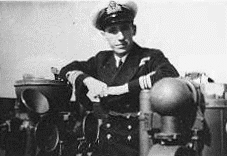
I was appointed in 1944 as Staff Officer Operations (SOO) to Captain Colin Maud RN, in charge of JUNO beach. These are my recollections of the tasks we had to perform whilst working with the 3rd Canadian Infantry Division.
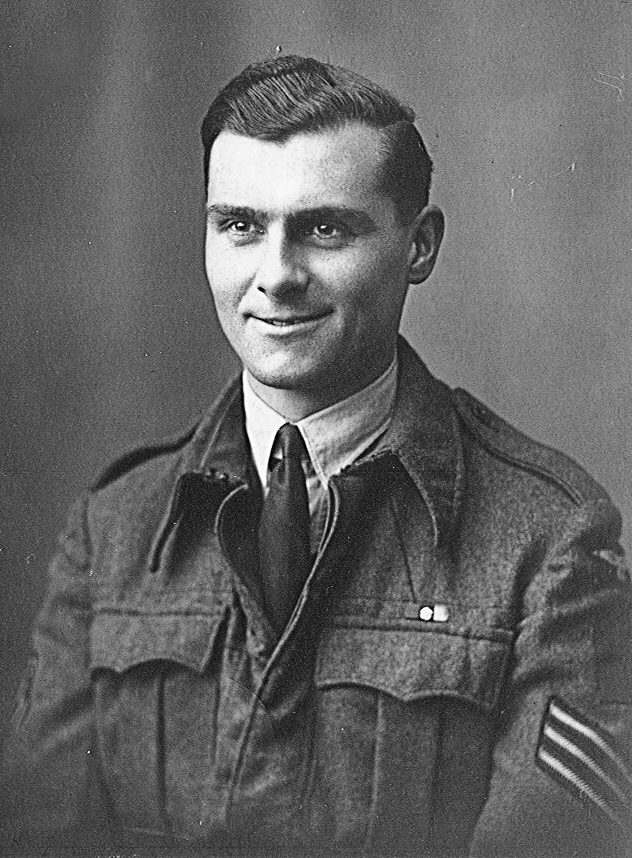
These are some memories and musings on D-Day that I wrote in 1994. On D-Day I was serving in an RAF special Beach Unit. This was the third invasion we had taken part in, the others being Sicily and Salerno in Italy, so we knew a little bit about it all and I think it safe to say the novelty had definitely worn off!
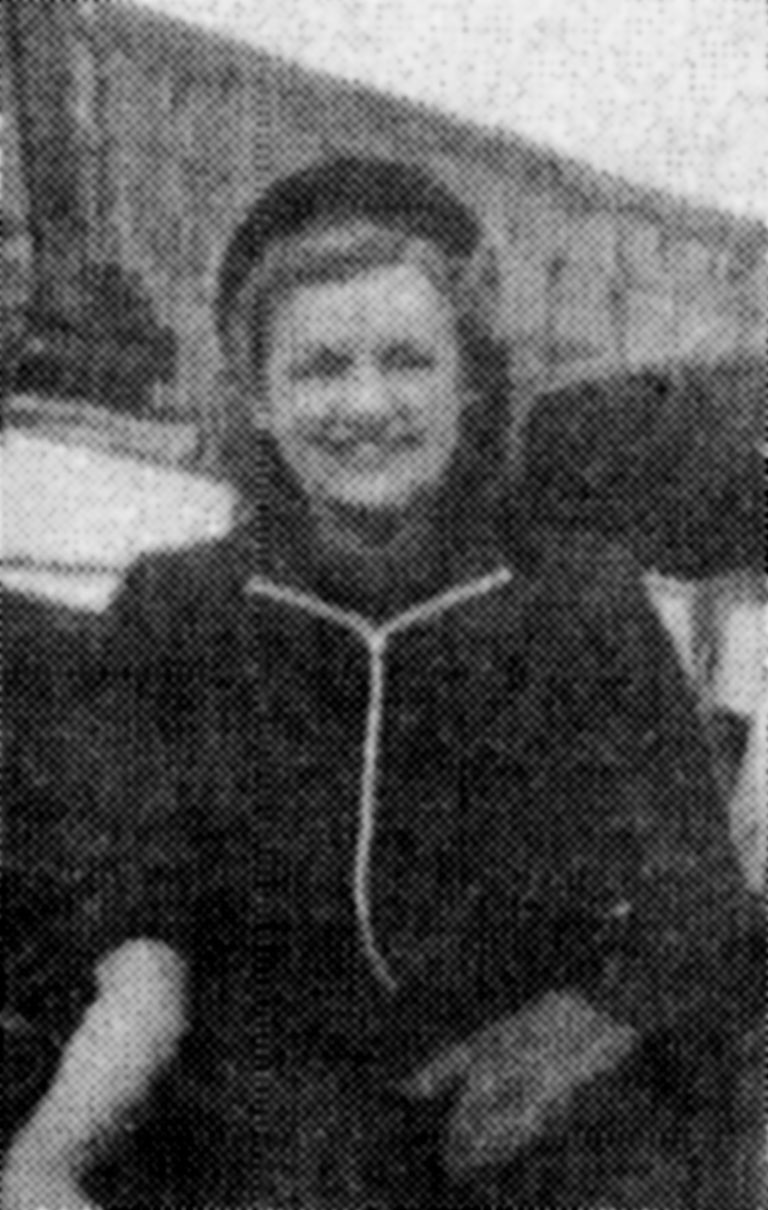
At last the great day had come; the tension was broken and the soldiers and sailors laughed and cheered as our little tug kept pace with them … One man leant over the stern of his landing craft as it gathered way and called out to us: “You’re the last bit of Old England we’ll see for a while, girls, and you sure look worth fighting for!”
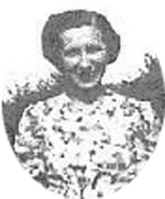
I am the Secretary of the D-Day and Normandy Fellowship, a duty performed in gratitude and loving memory of my husband, Laurie, who died in 1988. We were the Fellowship’s Joint Secretaries for many years. This is my small contribution to the Fellowship’s ‘D-Day Memories’.
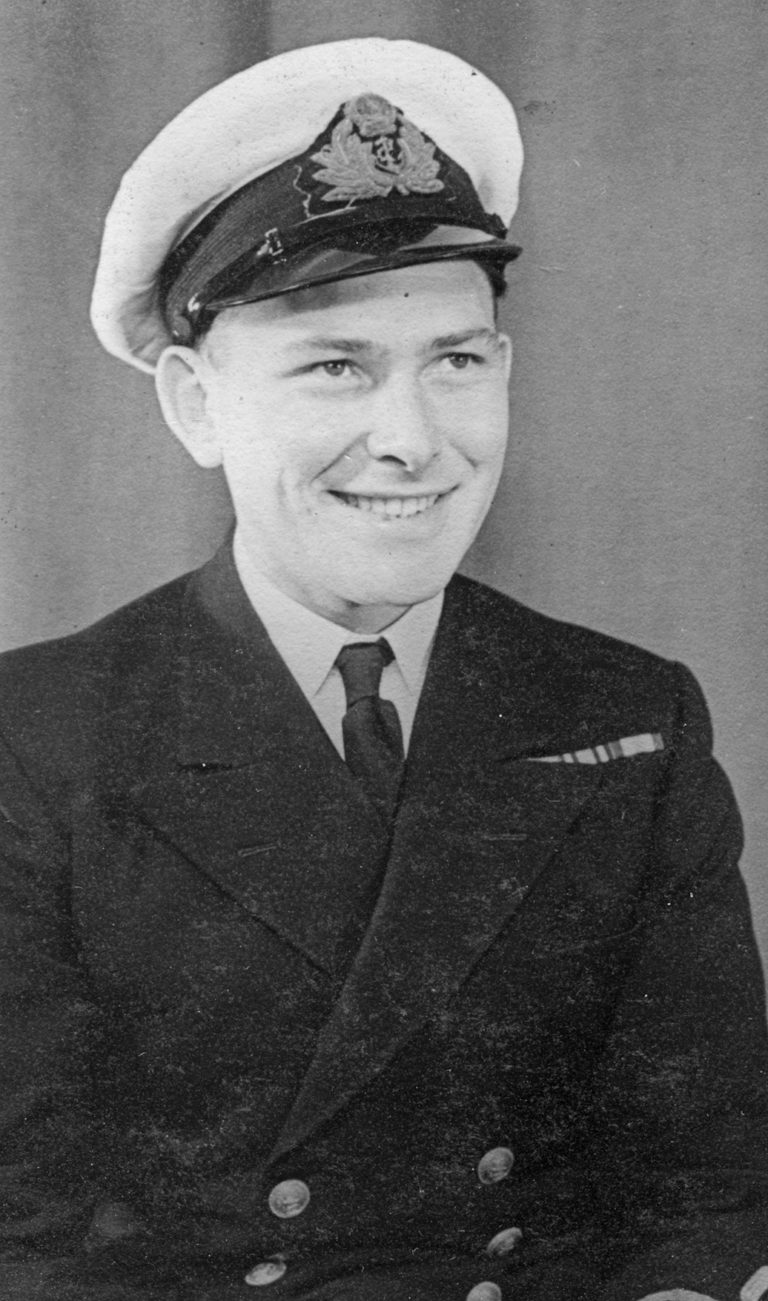
On D-Day I was serving as a Sub-Lieutenant in one of the formidable rocket-firing landing craft – LCT(R) 337 – off JUNO beach. Later we had the doubtful distinction of being the only rocket craft to detonate one of the new mines being scattered up and down the coast by the Luftwaffe.
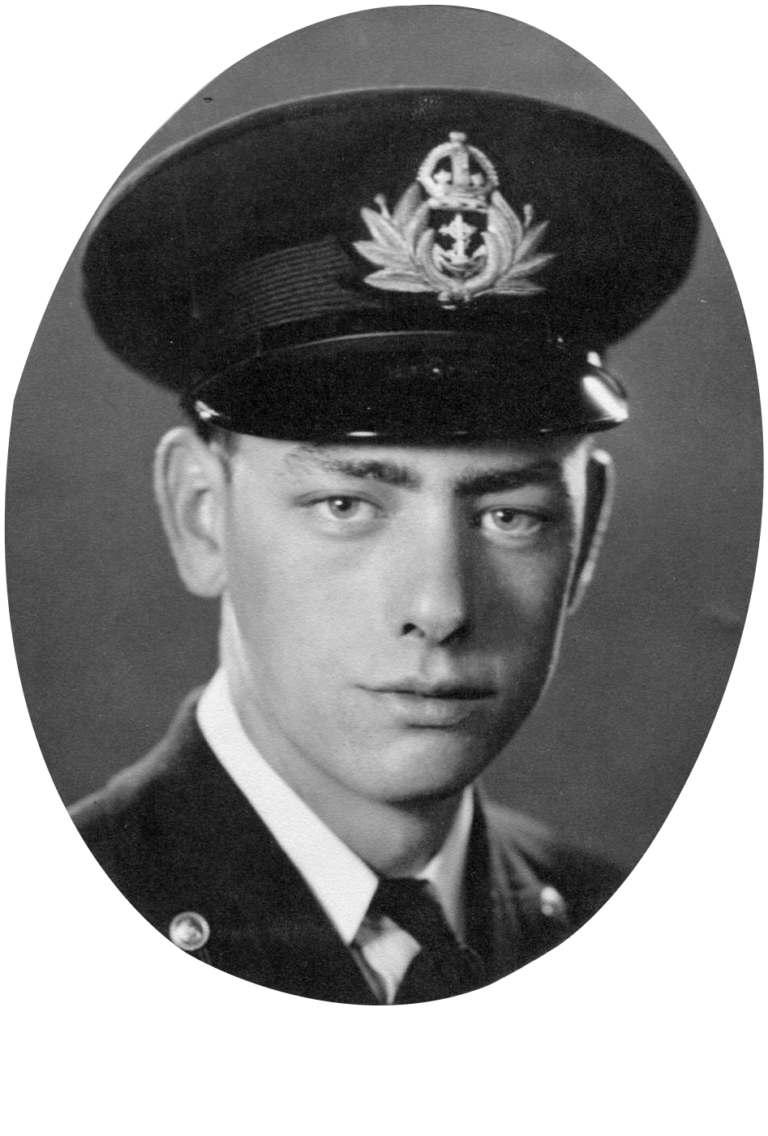
I was 1st Lieutenant of LCT 442 on D-Day. We landed our five Sherman tanks on GOLD beach, then, as we moved astern, a stick of three mortar bombs exploded in the water – just about where I had been standing a few moments before.
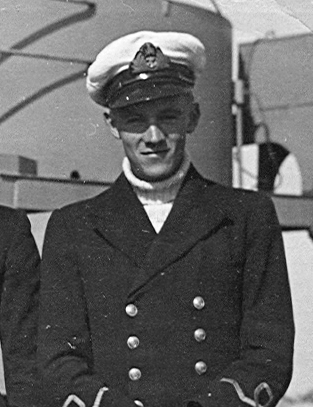
I was serving as a Sub-Lieutenant RNVR in LST 238 in 1944, and on D-Day we took Canadian forces to JUNO beach. At the end of the Normandy campaign I hitched a lift to Paris and must have been one of the first naval officers to enter the liberated city.

During the Normandy campaign I was serving in 808 LCVP Flotilla, Royal Marines. On 5 June it took us 14 hours to make the crossing to Normandy, where we ferried men of the 50th Division to GOLD beach on D-Day morning. My ‘D-Day Memories’ include amusing encounters with HM The King and General de Gaulle and an extract from my first letter home on 12 June 1944.
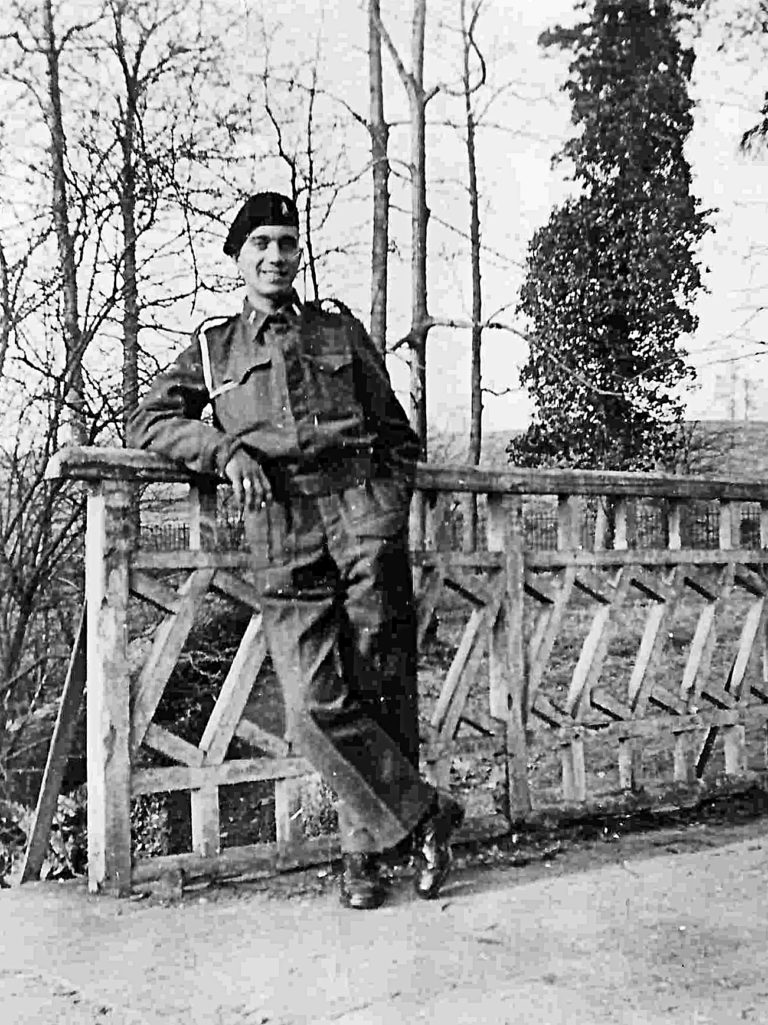
On D-Day I was a driver/wireless operator in the 13th/18th Royal Hussars. There was a crunching of metal as we beached and the ramp of our LCT went down; all engines were revving and our time to disembark came. All I can remember is looking through three little slits, the water looking green and then we were ashore.

After twice being turned down by the army because I was in a reserved occupation, I joined up in the spring of 1943. On D-Day I was serving in the Royal Corps of Signals at RAF Bentley Priory, the Allied Expeditionary Air Force HQ.
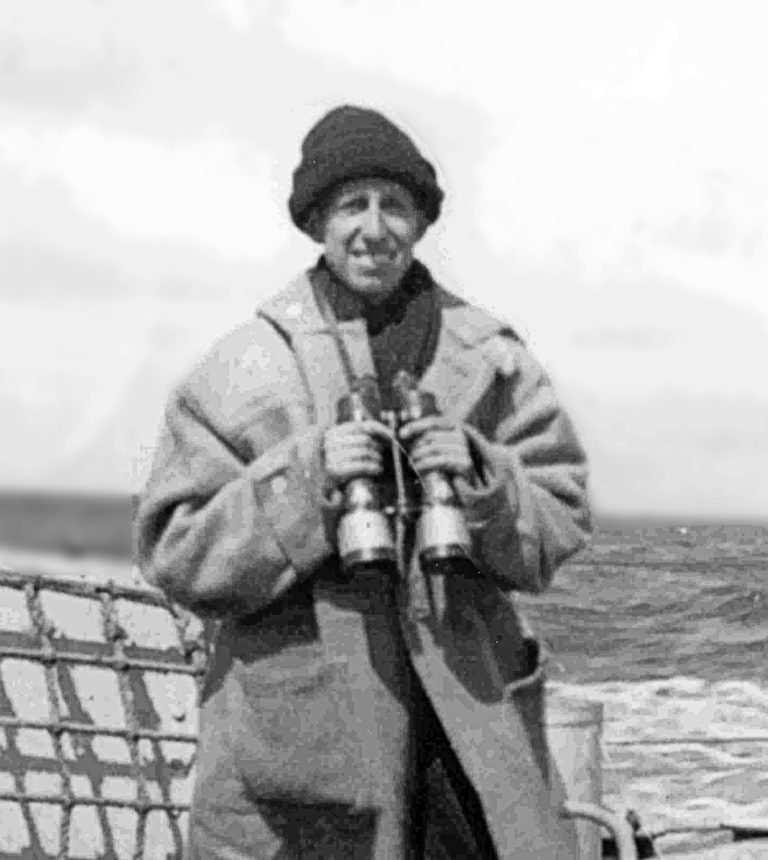
In June 1944 I was serving in HMS Jervis, a J-class destroyer. My memories take the form of a diary of the main events of D-Day.

I joined the Royal Marines in 1943 and on D-Day manned LCM 1162 taking Canadian engineers to JUNO Beach. I was worried about getting shot and laying down somewhere in agony. I remember thinking if I was going to die, I wanted to die quickly.
I was a naval writer in Naval Party 1569 and assisted in recording shipping movements off the Normandy beaches. We were based first on board the operations ship, St Adrian, and then in the old French battleship, Courbet.
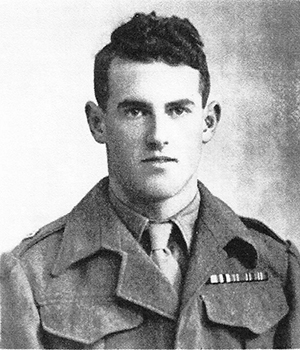
I was called up into the Royal Army Medical Corps on my 19th birthday in December 1941. In these extracts from my Normandy memoir I describe the structure, procedures and duties of the RAMC on active service and then I relate some of my experiences during the Normandy campaign with the Field Ambulance of 214 Brigade in the 43rd Division.

During the final assault on Cherbourg my ship HMS Glasgow was hit by shells amidships and aft. During this action I can remember my CPO saying, ‘How about a run ashore, Spike?’ whilst shell splinters were whistling all around us.